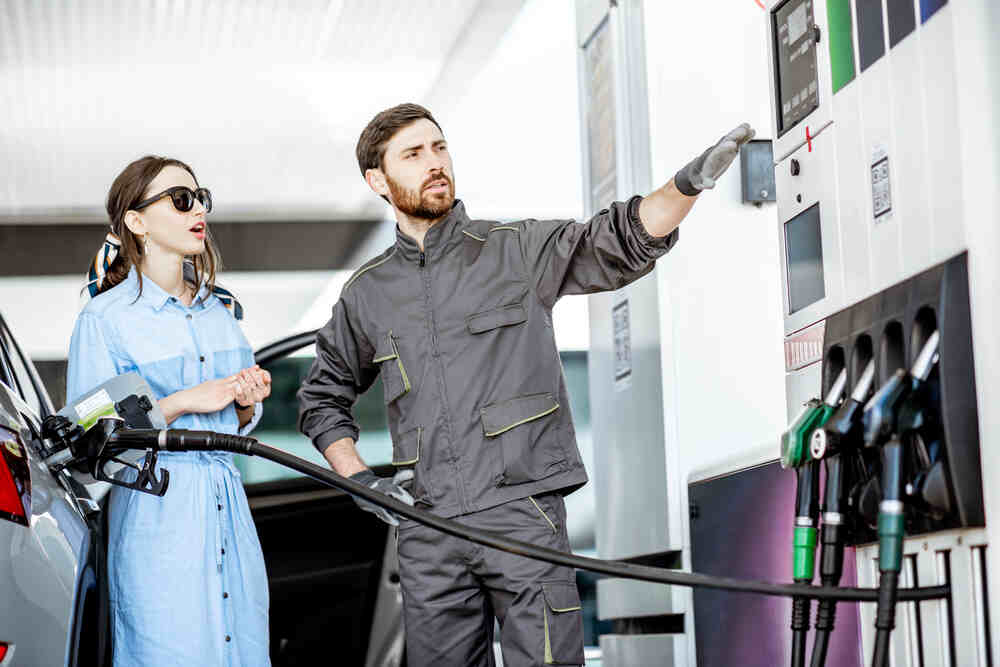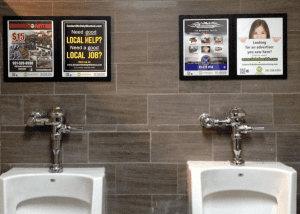Introduction: Why Fuel Station Marketing?
Have you ever considered the marketing potential of a fuel station? Think about the sheer number of drivers stopping at gas stations daily, all waiting for their tanks to fill or standing in line at the convenience store. In these brief moments, your brand can command attention without distractions. Fuel station marketing transforms these pauses into impactful advertising opportunities, leveraging high-visibility spaces for creative campaigns. Could your next advertising breakthrough happen at the pump?
How Fuel Station Marketing Works
Fuel station marketing is a form of place-based advertising that capitalizes on high-traffic, localized spaces. From gas pumps to convenience stores, every inch of the station can be transformed into an advertising platform. Here’s how it works:
Ad Formats in Fuel Stations
Gas Pumps: The pump itself becomes a billboard. Ads can be placed on the pump’s surface, leveraging the few minutes it takes to refuel for maximum visibility.
Nozzle Ads: Custom sleeves on gas nozzles ensure drivers see your message up close every time they fill up.
Convenience Stores: Wall posters, counter cards, and shelf dividers offer brands a way to engage with customers as they shop for snacks or drinks.
Shopping Carts: For stations with attached grocery sections, shopping cart ads ensure constant exposure during the shopping experience.
Ice Boxes and ATMs: Ads placed on ice storage units or ATMs within the fuel station capture attention while customers wait or complete transactions.
Benefits of Fuel Station Marketing
Fuel station advertising is a cost-effective and targeted solution with several distinct advantages:
1. High Foot Traffic
Fuel stations see a steady flow of customers, often visiting multiple times a week. This provides repeated exposure for your brand.
2. Targeted Messaging
Because fuel stations are geographically tied to specific areas, campaigns can target local demographics effectively. For example, ads for a nearby restaurant or service center can directly appeal to the audience.
3. Less Competition
Unlike billboards on busy highways, fuel stations provide a less cluttered advertising environment. Your ad won’t compete with dozens of others, ensuring better recall.
4. Captive Audience
Drivers fueling up their vehicles have little else to focus on during those few minutes. This makes gas pumps and nozzles ideal spots for grabbing undivided attention.
5. Affordable CPM
Advertising in fuel stations typically costs between $200-$600 per month per location, depending on the format and placement. This provides a significantly lower CPM compared to traditional billboards or TV commercials.
Cost Comparison: Fuel Stations vs. Traditional Media
Let’s break down the costs to illustrate why fuel station marketing is a smarter investment:
| Medium | Average CPM | Engagement Level |
| Gas Station Ads | $200-$600/month | Targeted, repetitive exposure |
| Billboards | $3,000-$10,000/month | High visibility but less personal |
| TV Ads | $5,000-$50,000 per spot | Broad reach but high competition |






